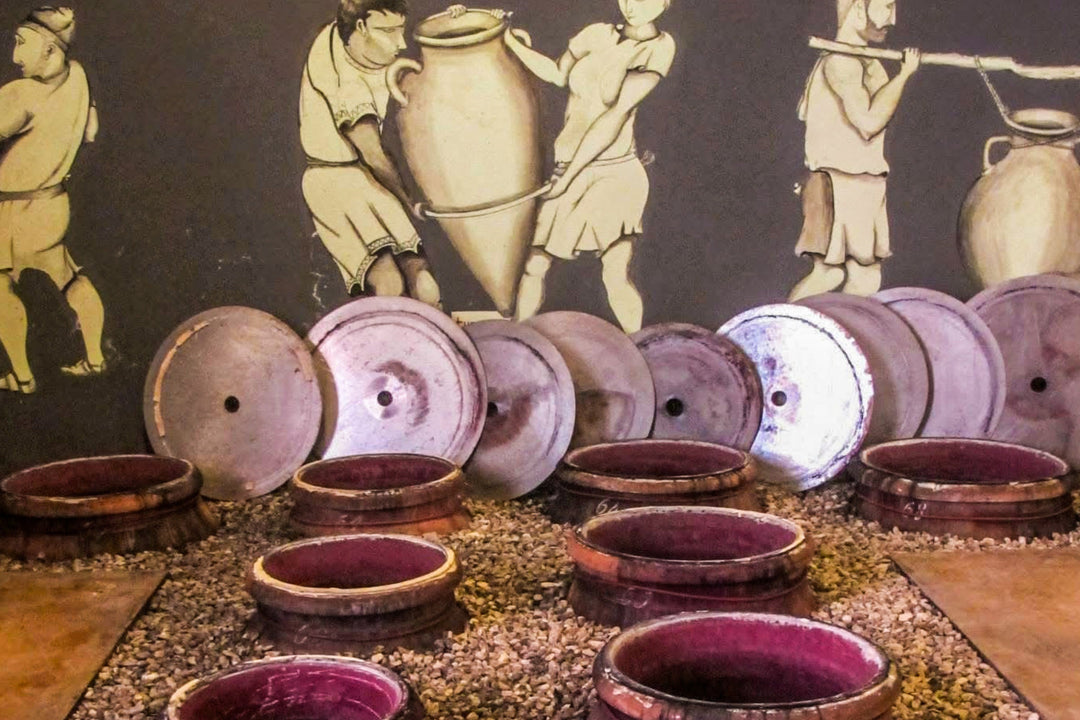Canary Island Wine and its Historical Trading Links
We are delighted to be involved in rejuvenating an historic trading link between the Canary Islands and the UK, and for the first time we believe, to be exporting a broad selection of high-quality wines to the UK and Ireland from Lanzarote. It´s been fascinating reading and researching some of the historic links between the Canaries and the UK. There are so many interesting and relatively unknown avenues to go down with this topic, but of course today, we are focusing on the wine trade! While Lanzarote itself, didn’t play an active role in the early part of the history, as wine production wasn´t possible until after the volcanic eruptions of 1730 – 1736, it has played its part since. Production grew very quickly in the years following the eruptions and Lanzarote´s Bodega El Grifo is now the oldest winery in the Islands dating back to 1775. It also makes it one of the 10 oldest in Spain.
The Canaries were colonised in the 15th century, with wine production prevalent since the 16th and 17th centuries, particularly in Tenerife, where millions of litres per annum was once shipped to England and drunk by royalty, aristocrats and writers. It was a sweet, fortified wine in those days, often referred to as Sack or Malmsey, the nickname given to the Malvasia grape. It was Shakespeare´s drink of choice and was mentioned in no fewer than three of his playwrights.
During the 16th century, sugar exportation was the foundation of the Canarian export economy, but as the sugar trade between the UK and the West Indies grew, the Canaries lost pricing power and alternatives were sought. Vines were planted in place of sugar cane and the new wines of the Islands soon came with great acclaim. In fact, the price of Canary Islands wines in the 1600´s, reached such a high price that in 1665 a chartered trading company called The Canary Company was granted by King Charles II. This trading company gave power to a handful of selected merchants to trade through this monopolistic structure and apply pressure on producers in order to contain the rapidly rising price of the wines. While The Canary Company was a sister company to the famous East India Company, which was chartered by Queen Elizabeth I in 1600, it´s longevity was much shorter. In 1667 The Canary Company was dissolved, due to a combination of pressure from those traders outside of the monopoly, mixed with the reluctance (possibly an understatement!) of the Islands hierarchy to deal with the UK. Nonetheless, the Island´s winemakers wanted to trade and the restrictions imposed by the Island’s governors lead to an event in 1666, known as the “Wine Spill”, as producers spilled their production onto the streets in protest. Thankfully we have very relaxed and amicable relations today through Wine Shop Lanzarote! While the trade did recommence, this episode really did mark a beginning to the end of trading with the UK, as country allegiances began to change.
With the Islands being the last stepping stone to the Americas, wine of course was traded, and in part, wine and spirit used for the fortification process was from Lanzarote in the 18th century. This trade, in fact help give Arrecife its economic boost on its way to becoming Capital of the Island. The trade of wine went on to play a small part in financing the American War of Independence, through the connection of Benjamin Franklin and a financier with links to an Irish family, Cólogan, which exported wine from Tenerife. With Bodega El Grifo dating back to 1775, it makes the Bodega one year older than the United States of America!
Any guesses where Canary Wharf takes its name from?
References
- *100 Essential Wines from the Canary Islands, Yuri Millares, Mario Reyes & Tato Goncalves
- *Lanzarote & Wine, Landscape and Culture, Rúben Acosta and Mario Ferrer
- *The English Historical Review J.M. Roberts & G.A. Holmes
- *Wikipedia











